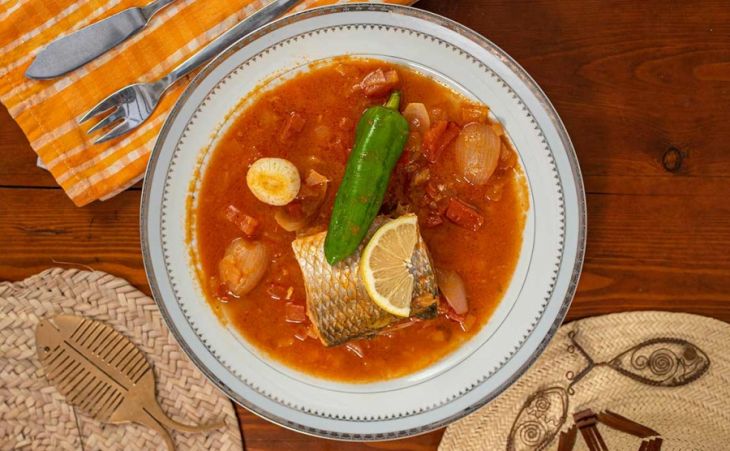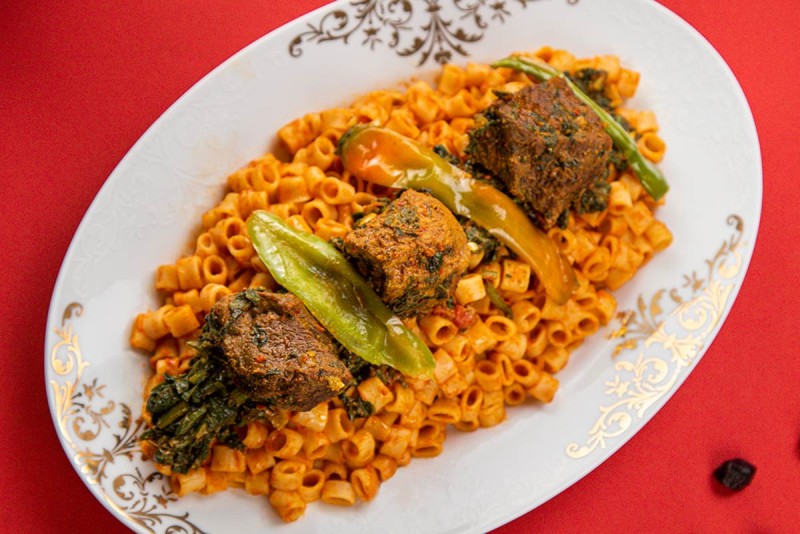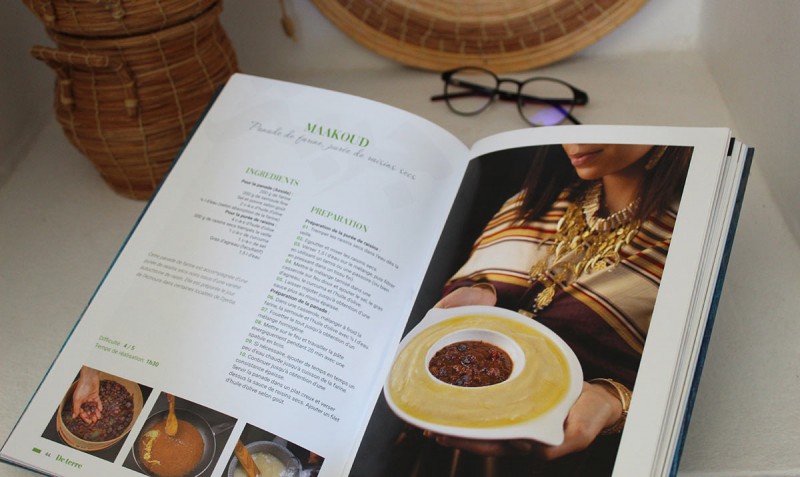The gastronomy of Djerba is not well known. And yet it is a good way to discover the southern Tunisian island: an ingenious, tasty, healthy cuisine rooted in tradition.
Few traditional cuisines give as much importance to steaming. In Djerba, the couscoussier is not only used to cook couscous. It can also be used to cook the meat: placed in the upper part of the couscoussier, coated with spices, condiments, tomato paste and olive oil, it softens gently in the steam. This meat will accompany, for example, a dish of pasta.
The Djerbians have even invented a couscoussier called “bourouhine” (with two souls), which has two levels of holes. It allows to cook at the same time two superimposed preparations. This is how couscous with fish is prepared in Djerba: the steam of the boiling sauce goes through both the pieces of fish and the semolina placed above.
In other recipes, the semolina is mixed with all the ingredients and placed in the upper part of the couscoussier, above the boiling water. The result is a delicious traditional dish, the “masfouf daguen soudi”. The same can be done with rice: it is the “Djerbian rice”, a more recent dish that has become emblematic of the cuisine of Djerba.
Herbs and condiments
The Djerbians of the past did not live in wealth, but they were very resourceful. In their cuisine, a wide variety of herbs and leafy vegetables are used to flavor the dishes: spinach, fennel green, chard leaves, mint, chives, parsley, dill ... Added to this is a little known plant called “yazoul”. A herb with a subtle taste, which is collected at the beginning of winter at the foot of the olive trees and which resembles wild garlic.
And to spice up the taste of the dishes, there is the “qadid” and the “ouzef”! The first is made from lamb meat after Eid, the second from a small fish caught in summer; both are salted and dried in the open air, and are used to enhance dishes throughout the year.
“Poor cuisine” and festive cuisine
Southern Italians are proud of their “cucina povera” (poor cuisine). In Djerba too, tasty dishes are prepared with the simplest of ingredients: the trio of tomato, bell pepper and onion in a thousand different ways, or flour porridges flavored with various sauces. Not forgetting the famous “zommita” which was the basis of the old food: a roasted barley flour mixed with selected spices, and simply diluted with a little water and olive oil. Its sweet version is the “bsissa”, made of wheat flour or sometimes lentil flour.
But on the occasion of celebrations, we discover another cuisine. Births, weddings, religious holidays are the occasion of big family gatherings around a richly garnished couscous or a typical Djerbian festive dish, the “yahni”: meat or octopus simmered in a pumpkin sauce with dried black grapes.
Alongside these dishes rooted in the history of the island, there are dishes from various backgrounds, often introduced by the Jewish community settled in Djerba for thousands of years: the “banadaj”, potato croquettes derived from Spanish “empanadas”, the “hraymi fish” which is also a Libyan recipe, or the “bkaïla”, stew of beef foot with chard simmered for a long time, an emblematic dish of the Judeo-Tunisian cuisine.
A book of recipes from Djerba
All these recipes and many others are explained in “Djerba, l’île aux saveurs” (the island of flavors), a new cookbook that is an invitation to discover the culinary heritage of Djerba.
Throughout the pages, you will meet the fishermen of the island, the street-food stalls of the Jewish quarter and the world of the “menzel”, a family estate between a field of olive trees and a small garden of fruit trees, where the mysterious alchemy of herbs and spices is prepared...
“Djerba, the island of flavors”, published by the Destination Management Organization (DMO) of Djerba with the collaboration of MCM-Dad editions.
(Photos: DMO Djerba)


